

Almost immediately after opening, the PCAOB decided it would hold the standard-setting pen, rather than delegate that responsibility to an outside body, as the Act allowed. “We did not want to risk the perception that we were ceding our authority to the profession that we had been assigned to regulate,” said Dan Goelzer.
The AICPA, however, was not interested in giving up its old standard-setting role. “We felt we owed it to the process and the public interest to make the case that the profession should set standards,” said AICPA President and CEO Barry C. Melancon. On March 18, 2003, before the PCAOB had begun hiring its standards staff, the AICPA’s Auditing Standards Board (ASB) released a draft of an internal control standard, prompting an immediate response from the SEC. In a letter, Acting Chief Accountant Jackson Day made it eminently clear that all standard setting needed to proceed through PCAOB and SEC rulemakings. (1) He suggested that the ASB share the draft with the PCAOB, which they promptly did.
On April 16, 2003, the PCAOB adopted all the AICPA’s Generally Accepted Auditing Standards (GAAS) through that date as interim standards until the PCAOB could undertake a standard-by-standard review. “These standards are, in a sense, written in disappearing ink,” (2) said Dan Goelzer. The Board planned to make them available on its website. However, the AICPA owns the copyright on all the GAAS standards it has promulgated since the 1940s and sells bound copies of its standards. In demonstrating its willingness to collaborate, the AICPA entered into a contract with the PCAOB allowing the Board to use the GAAS language, as long as the Association’s copyright appears at the bottom of each interim standard until it is amended. The PCAOB continues to make all its standards freely accessible on its website; bound copies are available for purchase through a number of organizations, including the AICPA.
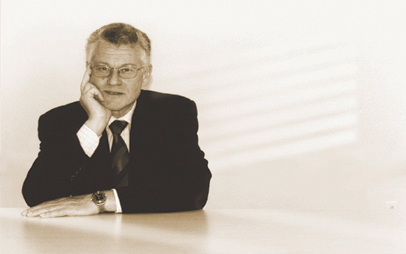
On April 17, 2003, the PCAOB announced the appointment of Douglas R. Carmichael as Chief Auditor and Director of Professional Standards. Carmichael was a long-time accounting professor at Baruch College and a former Vice President of Standard Setting at the AICPA. As his Deputy, Carmichael selected Thomas Ray, an assurance partner at KPMG who had also served as the AICPA’s Director of Audit and Attest Standards. Their partnership thrived. When Carmichael returned to teaching and his Pennsylvania farm three years later, Ray assumed the Chief Auditor role.
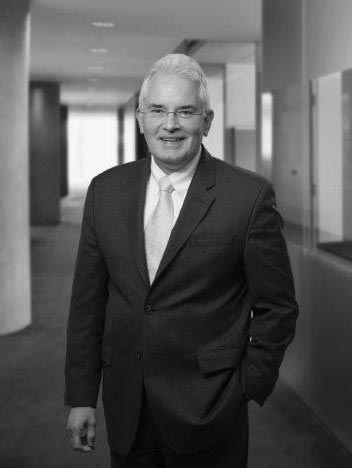
Building up their staff was a top priority. Early hires included SEC Enforcement accountant Greg Scates, Ernst & Young audit senior manager Laura J. Phillips, AICPA technical advisor Jennifer Rand, and Keith Wilson, Senior Director of Product Development at a technical publishing house. In 2015, Wilson headed the daunting task of re-codifying more than 1,000 pages of interim and PCAOB-issued standards. Each of these early staffers played a critical role in implementing a standard-setting process and writing the first PCAOB auditing standards.
According to Carmichael, the Office of Chief Auditor (OCA) wanted its standards to facilitate auditor accountability. Carefully considering the recommendations of the Panel on Audit Effectiveness from August 2000, they sought to write standards with “specific imperatives” rather than establishing “best practices.” The Board also spent hundreds of hours debating and defining the terms “must,” “should,” and “should consider” for the Rules of the Board. “It was one of the most intellectually valuable and important principles that we were grappling with,” said Board Member Kayla Gillan.
After hiring its core team, OCA began designing its standard-setting process and assigned staff to work on some of the pressing standards required under the Act. However, the adoption of Auditing Standard No. 2, covering the auditor’s responsibilities over public companies’ internal control of financial reporting, proved extremely controversial. Companies complained the audits’ costs outweighed the benefits and that auditors did excessive amounts of work to comply. After only three years, the standard was replaced by a more streamlined version, but the battle turned what had been a favorable political tide away from the PCAOB.
“We had the wind at our back, but then everything changed after the implementation of AS 2,” said Bill Gradison. In the immediate post-Enron environment, there had been wide support to make regulatory changes, but after AS 2, the opposition grew and gave louder voice to those who viewed regulation as burdensome. (For more information, see A Political Hotbed: Crafting the Internal Control Over Financial Reporting Standard)
Under SOX, the PCAOB was required to appoint an advisory group on standards. The Act did not describe the composition, size or duties of the group, which gave the Board lots of flexibility in forming the Standing Advisory Group (SAG).
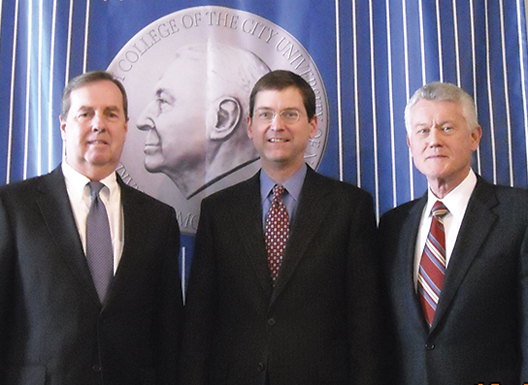
“It included all the constituencies – practicing auditors, investors, preparers, academics and regulators, and they all provided input on what projects we should be working on,” said Douglas Carmichael whom the Board chose to preside over the group. More than 170 people applied for the inaugural SAG panel of 35 individuals, which held its first meeting on June 21, 2004.
“I thought it was very helpful,” said the next Chief Auditor Tom Ray, “It added more transparency to the process and included a lot more people.”
“We wanted all the stakeholders to be together in one body working together and listening to each other,” said Kayla Gillan.
The Board also placed potential critics of the PCAOB onto the SAG “so they could have an open line of communication with the Board,” said Dan Goelzer.
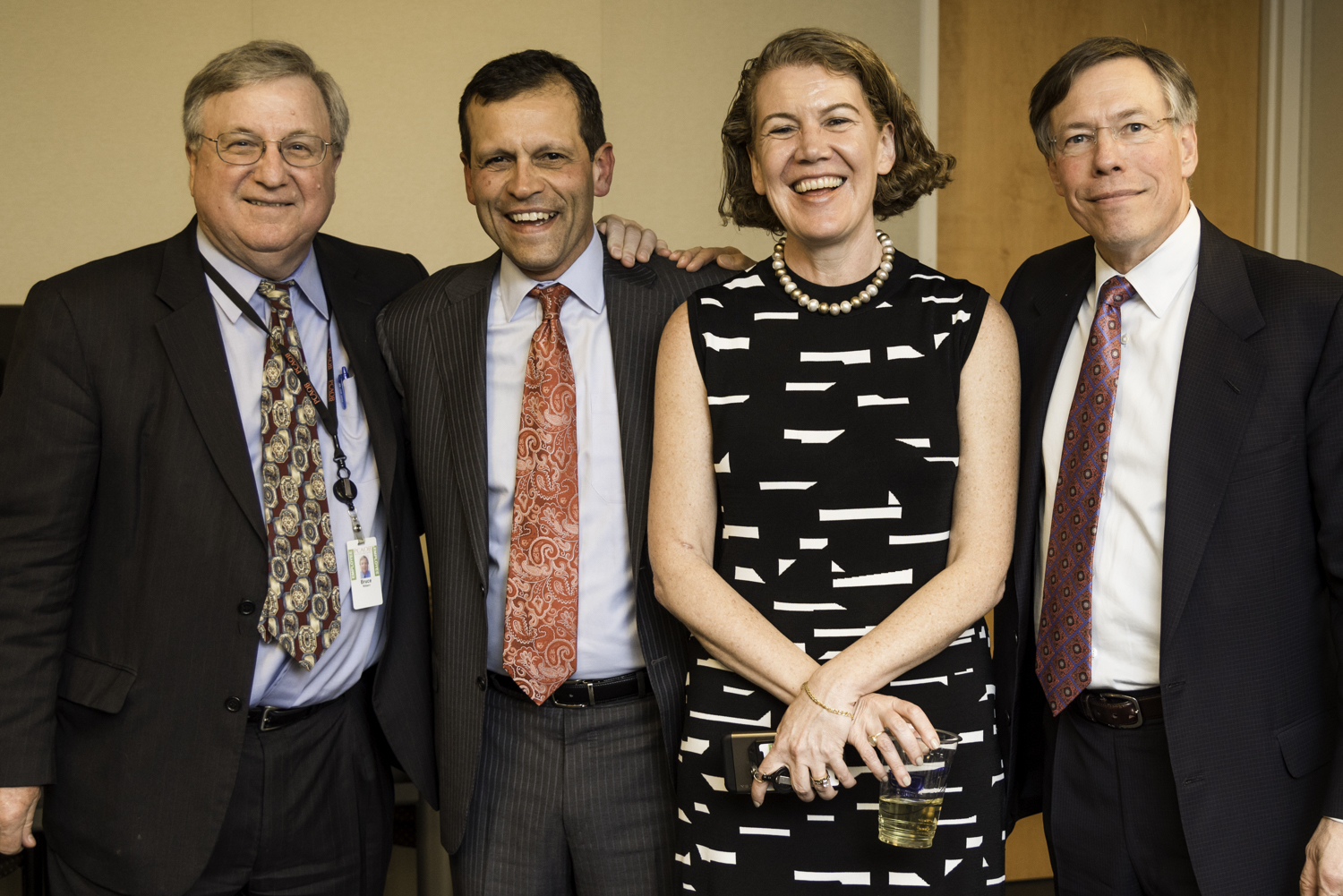
The Board’s enforcement arm, charged with investigating and pursuing disciplinary proceedings against audit firms and individual auditors who violated SOX, PCAOB rules or standards, or certain federal securities laws, was the final PCAOB division to be established.
On March 22, 2004, Claudius B. Modesti, an Assistant U.S. Attorney in the Eastern District of Virginia who had served in both the Department of Justice’s Criminal Division Fraud Section and SEC Enforcement, was named the first director.
He gathered a core team that included Kyra C. Armstrong, a former Director of the Office of Regulation Policy at the National Association of Securities Dealers and Branch Chief in the SEC’s Division of Enforcement; Ray Hamm, a former Associate Chief Accountant at SEC Enforcement; and Jerry Decker, a Senior Trial Counsel also from SEC Enforcement.
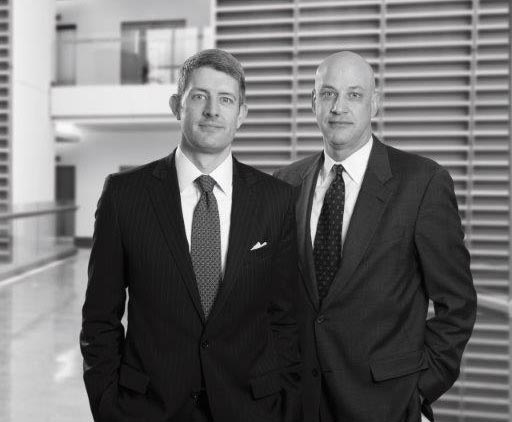
Modesti and his staff began by outlining each element of the enforcement program, from identifying matters to investigate through the litigation, settlement, or closing of cases.
Because the SEC and the PCAOB had overlapping enforcement functions, Modesti spent a lot of time coordinating with SEC Enforcement to ensure his division “was using resources in the most effective way to cover the waterfront of significant auditor misconduct,” he said.
“We were in this very in-between space,” explained Modesti. “We were sort of on the wings of the SEC and under its authority, but at the same time, we were developing this independent responsibility over the accounting profession.”
The first settled disciplinary orders were issued in 2005. The first sanctions in contested disciplinary proceedings were issued in 2009.
In 2007, the Board issued its first settled disciplinary order against a Big Four firm. (3) As part of the settlement, Deloitte & Touche agreed to pay a $1 million fine and implement changes in how it addressed performance issues with audit partners. “We understood from our experiences with the SEC that the PCAOB had the same system of settlement versus litigate and this was a matter we determined to settle; we felt the PCAOB had a lot of leverage on the fine,” said Bob Kueppers, Deloitte’s then Deputy Chief Executive Officer.
Under the Act, the PCAOB monetary penalties collected are to be used to fund scholarships for accounting students. In July 2011, the Board inaugurated its scholarship program, awarding 52-merit based scholarships of $10,000 each.
As Enforcement matured, the Board’s disciplinary proceedings started to include firms from around the globe. The Board eventually brought disciplinary cases against affiliates of the Big Four in, among other jurisdictions, Mexico, India, Indonesia and Brazil.
A key provision of SOX that has challenged the Enforcement Division from its inception is the requirement that all disciplinary proceedings must be non-public until there is a final decision imposing a sanction. The rule incentivizes firms to litigate and can allow bad actors to continue to conduct audits and collect fees while they string along their cases. In 2010, the PCAOB began lobbying Congress to change the Sarbanes-Oxley Act to make enforcement proceedings public. The SEC had a similar non-public rule for disciplinary proceedings against accountants and lawyers, which the Commission changed in the late 1980s to provide for public hearings. The SOX non-public provision, inserted by Sen. Mike Enzi (R-Wyo.), was one of the keys to garnering bipartisan support.
At an Open Meeting on Aug. 5, 2010, Acting Chairman Dan Goelzer directed the staff to develop a proposal to ask Congress to consider amending the Sarbanes-Oxley Act to enable PCAOB’s disciplinary hearings and related proceedings to be made public. Congress did not take any action on what was the Board’s first formal legislative proposal.
(1) Letter from SEC Acting Chief Accountant to the American Institute of Certified Public Accountants re: The Auditing Standards-Setting Process, March 18, 2003.
(2) Statement of Daniel L. Goelzer Regarding the Adoption of Interim Auditing Standards, April 16, 2003.
(3) PCAOB Release No. 105-2007-005 “Order Instituting Disciplinary Proceedings, Making Findings, and Imposing Sanctions in the Matter of Deloitte & Touche LLP, Respondent.” Dec. 10, 2007.
Robert J. Kueppers was a partner with Deloitte LLP from 1986 through his retirement in May 2015. Kueppers served Deloitte in a variety of leadership roles, including Deputy CEO, Vice Chairman, Senior Partner of Global Regulatory & Public Policy for the Deloitte US entities, and Managing Partner of the Center for Corporate Governance. Mr. Kueppers was a founding trustee and president of the SEC Historical Society.
Claudius B. Modesti served for 14 years at the Public Company Accounting Oversight Board (PCAOB), from 2005 to 2019. He was the PCAOB’s first enforcement director and led the team that built the enforcement group from its inception. He oversaw the development of the PCAOB’s policies and procedures for identifying matters for investigation. His role also included overseeing the Board’s litigation process. In addition, he played a key role in the PCAOB’s collaboration with its foreign regulator counterparts, particularly as it related to international enforcement cooperation.